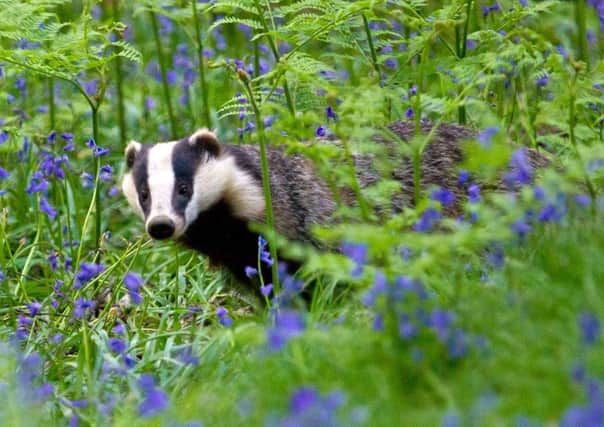Beautiful woodlands to visit this spring


Taking advantage of the brief period when the sun is warm and the trees have not yet cast their shade, spring is the time when the flora and fauna of our woods are at their busiest.
The woodland floor is often swathed in bluebells and the more delicate hues of wood anemones and wood sorrel. The air resonates with the sound of bees taking advantage of the short spring bounty.
Advertisement
Hide AdAdvertisement
Hide AdHere are some Hampshire & Isle of Wight Wildlife Trust woodlands that are perfect to visit on a warm spring day: n Roydon Woods is the Wildlife Trust’s largest nature reserve and it sits in the heart of the New Forest.
The majority of Roydon’s woods are ungrazed and this has enabled a different suite of species to thrive.
One of our earliest flying dragonflies feed around trees, often some distance from water, during the spring. Elsewhere in the open coppice areas the song of competing garden warblers fills the air.
The trust has undertaken some management work during the winter, most notably the removal of large areas of dense pine woodland. These areas will be restored back to more natural broadleaved woodland.
Advertisement
Hide AdAdvertisement
Hide AdThe nearest train station is at Brockenhurst about one mile north of the reserve. Roadside parking can be found around the site. n Next, we have Pamber Forest. This nature reserve covers over 200 hectares.
It contains a wonderful array of woodland plants and animals but is perhaps most notable for its spring displays of wild daffodils.
As the year progresses to summer, white admiral and silver-washed fritillaries patrol the coppiced clearings and wide rides.
The nearest town is Tadley, which is half a mile away. It can be reached by the Jazz 2 bus from Basingtoke. n Finally, we have Chappetts Copse, a small beech woodland sitting in the chalk landscape of east Hampshire.
Advertisement
Hide AdAdvertisement
Hide AdThe wood supports a large population of the scarce sword-leaved helleborine as well as a range of other plants.
Visit in mid or late May to see the sword-leaved helleborine and other species in flower.
Chappetts Copse is managed by an active group of Wildlife Trust volunteers.
It’s just over a mile by car from West Meon, along Coombe Lane.
For more detailed directions on how to get to these and other Wildlife Trust woodlands this spring, visit hiwwt.org.uk.